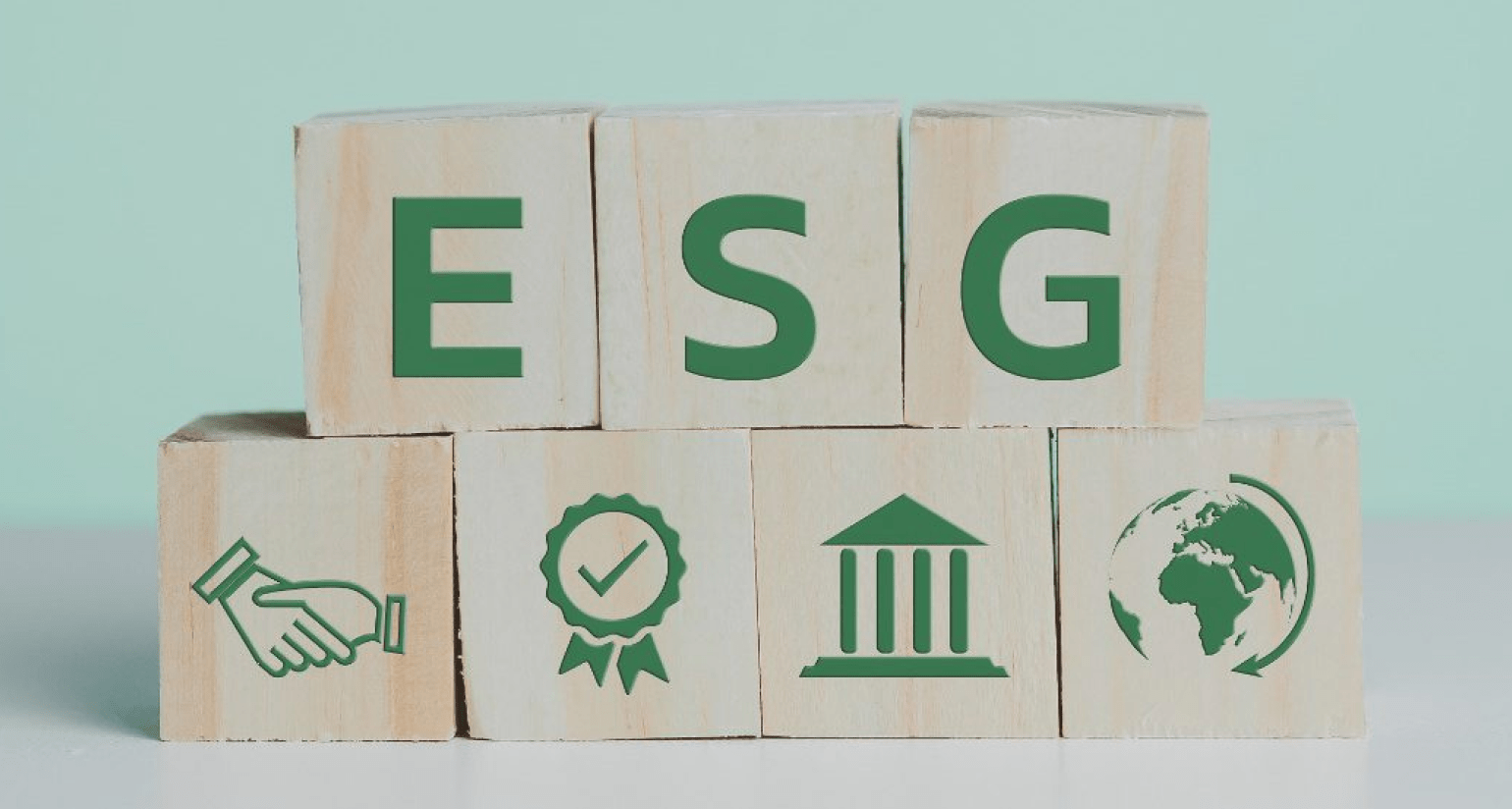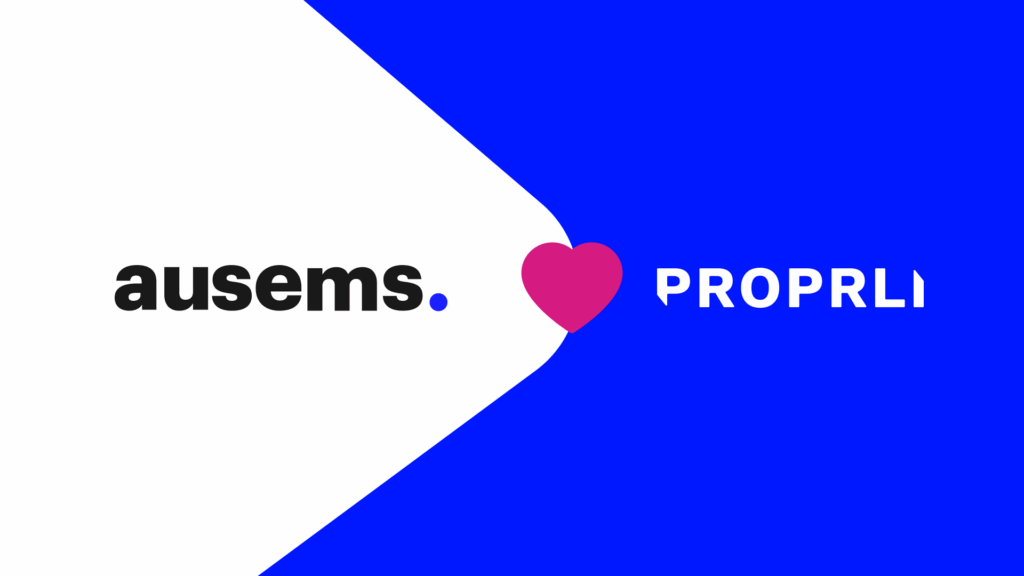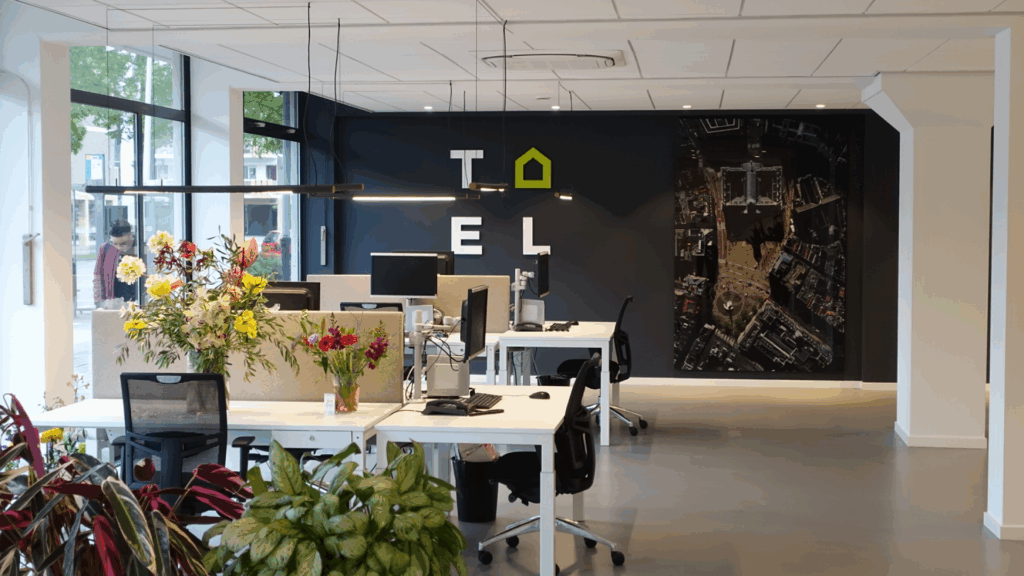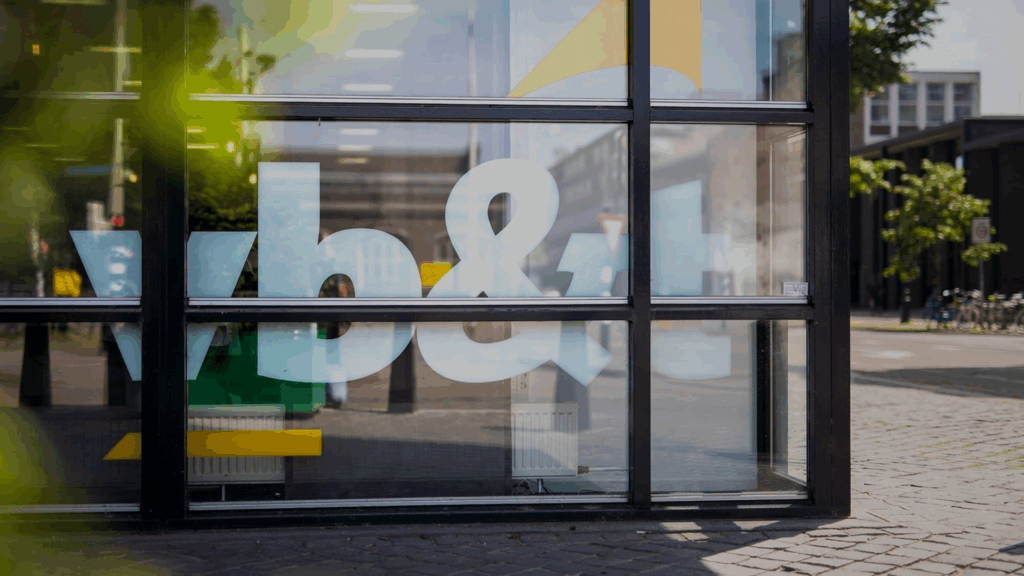Learn how you can measure and achieve all ESG criteria in your portfolio
When we talk about ESG in real estate, environmental sustainability is the first thing that pops into mind.
And for a good reason! In the industry alone, we produce nearly 40% of all CO² emissions worldwide, according to Forbes.
The focus, for asset and property managers, goes towards abiding by the laws and regulations to reduce building-related greenhouse gas emissions. But social & governance are also a big part of the ESG criteria within the real estate sector.
Let’s take a look from a Social point of view. How is the quality of life and work for your tenants? Can you tell if your building is accessible for elders or people with disabilities? Do you know how much of what you pay your contractor goes towards laborers’ fair wage?
And on the matter of Governance, would you say your asset management has reached transparency when it comes to audits or letting every stakeholder know where your portfolio stands on ESG and finances?
These criteria, however, can be a lot harder to measure and achieve.
Proprli’s Building Passport has the solution for retrieving and sharing all the information with stakeholders, to the level of their need, in a holistic view.
So how can you measure ESG in real estate with Proprli?
Let’s give a practical example: after using the Asset Register to fill in every building element, you realise you don’t have a ramp or stairlift in your entrance area.

You then decide a stairlift would be the best option for that building, as it would use less construction work, leave less waste residue and function on solar power.
You proceed to start a Project in the platform, in order to install a Solar Powered Outdoor Stair Lift. There you can plan the budget, set starting date and request contractor’s for tenders.

Proprli allows you to not only manage and record the entire course of the Project, but conduct Tenders and Suppliers as well, giving full disclosure to property owners, investors and fund managers.



So, as you create your Bid form, you can ask your bidders for detailed information such as hourly rates, including the percentages, overhead and profits.
The bid is formatted in a way that allows users to customize it to your project’s needs and compare values. Not only that, as you can compare other ESG factors such as the use of materials with lower impact on the environment and fair pay for the construction workers.

At a first glance, you could go for the least expensive option, but as you take a closer look at the prices break down, you can have more clarity of the expenses in material and wages.

With all the steps being registered and managed through the platform, you record your decision process and give the stakeholders full disclosure.






